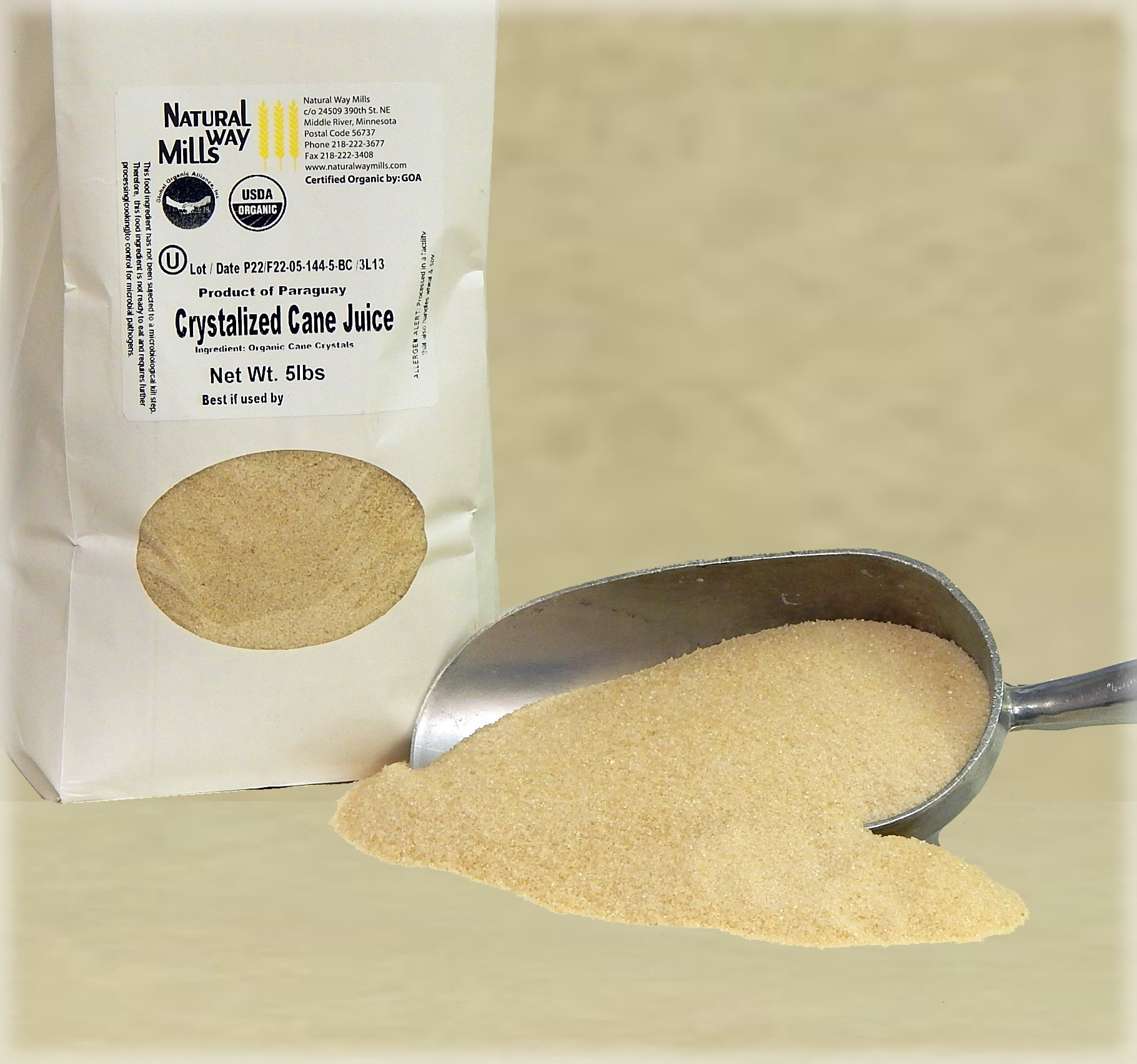How sugar cane products Can Replace Common Industrial Ingredients
A Deep Dive Into Sugar Cane: Insights on Production, Product, and Product Advancement
Sugar cane plays a critical role in farming, underpinning economic situations in exotic areas. Its farming involves complex procedures influenced by different environmental variables. Farmers encounter significant challenges, including environment modification and market fluctuations. Technologies in product development are arising in feedback to developing consumer needs. Recognizing these dynamics is necessary for realizing the future of this crucial plant and its impact on global markets. What exists ahead for sugar cane and its myriad applications?
The Significance of Sugar Cane in Global Farming
Sugar cane functions as a necessary crop in international agriculture, underpinning economic situations and food systems in numerous tropical regions. This flexible plant is mainly grown for its high sucrose content, which is improved right into sugar, an essential ingredient in countless food items. Beyond sweetening, sugar cane is likewise essential for generating biofuels, especially ethanol, contributing to energy sustainability.The economic significance of sugar cane encompasses employment, providing source of incomes for millions of farmers and workers in handling centers. In several countries, sugar cane growing and processing represent considerable parts of agricultural GDP, influencing profession equilibriums and local development.Additionally, sugar cane's flexibility to various environments boosts its relevance as a plant, making certain consistent supply in global markets. Its spin-offs, consisting of molasses and bagasse, better diversify its energy, making it a crucial part in food, power, and industry. Overall, sugar cane stays a foundation of agricultural productivity worldwide.
Growing Processes: From Growing to Harvest
Growing sugar cane involves a series of well-defined procedures that assure excellent growth and yield. The cultivation begins with land preparation, where the dirt is tilled to safeguard optimal oygenation and water drainage. Following this, seed cane, which includes fully grown stalks, is selected and reduced right into sectors (sugar cane products). These segments are after that grown in furrows, ensuring proper spacing to permit sunlight and nutrient access.Once planted, irrigation systems are utilized to keep ample dampness levels, as sugar cane flourishes in damp problems. Weeding and bug management are vital throughout the growing period to reduce competitors for sources. Nutrient application, consisting of plant foods, sustains durable growth. As the plants develop, monitoring for diseases and insects continues.Harvesting generally takes place 10 to 24 months post-planting, depending on the selection. The canes are cut close to the ground, ensuring minimal waste, and are promptly moved for processing to maintain sugar top quality
Geographical Distribution of Sugar Cane Production
The geographical circulation of sugar cane production is mostly formed by details environment and dirt requirements. Significant creating countries, such as Brazil, India, and China, advantage from tropical and subtropical climates that sustain the crop's growth. Recognizing these variables supplies understanding into the international landscape of sugar cane farming.
Major Producing Countries
Although sugar cane is expanded in different regions worldwide, particular nations dominate production due to desirable environments and farming techniques. Brazil leads the global market, making up around one-third of overall production, many thanks to its considerable plantations and progressed cultivation methods. India complies with as a considerable producer, profiting from both beneficial climate problems and a huge domestic market. China and Thailand likewise rate among the leading producers, with well-established facilities supporting their sugar markets. Other significant contributors consist of the United States, Mexico, and Australia, each leveraging their unique agricultural systems to boost result. These countries play an important role in the sugar cane supply chain, affecting international rates and availability
Environment and Soil Demands
Suitable climate and soil problems are crucial for effective sugar cane production. Sugar cane prospers in tropical and subtropical regions, needing cozy temperature levels in between 20 ° C and 30 ° C (68 ° F to 86 ° F) These plants require abundant sunlight and rainfall, preferably between 1,500 to 2,500 millimeters every year, to ensure peak development. The dirt ought to be well-drained, abundant, and rich in raw material, with a pH degree ideally in between 5.5 and 8.5. Sandy loam or clay loam dirts are specifically for sugar cane growing, giving required nutrients and water drainage. Geographic circulation is largely influenced by these aspects, with major production locations located in Brazil, India, and China, where environmental conditions line up with the plant's demands for growth and yield.

Obstacles Faced by Sugar Cane Growers
Sugar cane growers run into significant obstacles that impact their source of incomes. Environment modification introduces uncertain weather patterns, influencing plant yield and quality. In addition, market cost volatility develops monetary unpredictability, making complex lasting preparation for these agricultural manufacturers.
Environment Modification Impacts

Exactly how do climate modification impacts impact the practicality of sugar cane cultivation? Rising temperatures and irregular climate patterns significantly test sugar cane cultivators. Boosted warm can result in lowered yields, as the plants struggle to prosper in extreme problems. In addition, altered rains patterns cause either droughts or excessive flooding, both harmful to crop health. Bugs and conditions are likely to proliferate in warmer environments, further threatening production. Dirt destruction and salinization due to increasing sea degrees can reduce cultivatable land. These climatic changes compel growers to adjust their methods, commonly requiring investment in new modern technologies and durable plant selections. Inevitably, the sustainability of sugar cane farming depends upon resolving these climate tests successfully.

Market Value Volatility
Market rate volatility presents considerable challenges for sugar cane growers, affecting their monetary security and preparation. Variations in market rates, driven by aspects such as worldwide supply and demand, weather, and federal government policies, develop uncertainty for manufacturers. This changability makes it challenging for cultivators to forecast earnings and take care of general expenses successfully. Additionally, when prices drop all of a sudden, several farmers might battle to cover production expenses, leading to prospective monetary distress. To alleviate these dangers, some farmers transform to contracts or hedging techniques, yet these remedies might not be easily accessible to all. Market price volatility continues to be a consistent issue, influencing the overall sustainability and profitability of sugar cane farming.
Understanding the Sugar Cane Supply Chain

Market Patterns Influencing Sugar Cane Costs
The dynamics of sugar cane prices are influenced by a variety of market trends that mirror more comprehensive economic conditions and customer behaviors. Global demand for sugar and sugar-related products plays an important duty, with increasing passion in natural and sustainably sourced products driving costs higher. Furthermore, changes in oil costs impact the price of production and transport, additional influencing market prices. Climate patterns are one more significant factor; damaging conditions can bring about decreased returns and raised costs. Trade plans, tariffs, and international arrangements also shape the market landscape, affecting supply chains and availability. Money exchange prices can complicate global profession, impacting rates for both exporters and importers. Ultimately, shifts in customer preferences towards healthier options might alter need patterns, producing a ripple effect on sugar cane rates. As a result, understanding these interconnected fads is essential for stakeholders in the sugar sector
Developments in Sugar Cane Item Development
Numerous technologies in sugar cane item growth are improving the sector and broadening its applications. Scientists are discovering alternative uses past typical sugar, consisting of biofuels, eco-friendly plastics, and health supplements. Developments in enzymatic processing techniques have actually boosted the removal of beneficial substances such as antioxidants and vitamins from sugar cane, advertising its usage in practical foods.Additionally, the advancement of genetically modified sugar cane ranges intends to improve return and resistance to pests, while likewise enhancing the nutritional profile of the plant. Advancements in fermentation processes have actually brought about the production of top notch alcoholic drinks obtained from sugar cane, read appealing to a growing market for craft spirits.Moreover, lasting practices in cultivation and handling are getting grip, with a concentrate on lowering environmental influences. These advancements not just develop brand-new market opportunities yet also cultivate an even more lasting approach to sugar cane production, aligning with international patterns in the direction of environment-friendly products.
Often Asked Questions
What Are the Ecological Influences of Sugar Cane Farming?
The environmental influences of sugar cane farming consist of logging, loss of biodiversity, water pollution from fertilizers and chemicals, dirt destruction, and greenhouse gas exhausts, all of which substantially contribute to ecological discrepancies and environment modification.
Just How Does Sugar Cane Cultivation Affect Resident Economies?
Sugar cane growing substantially affects regional economic situations by developing jobs, stimulating farming industries, and creating revenue for farmers. Nonetheless, it can additionally cause economic dependence and changes based on market demands and environmental problems.
What Are the Main Pests and Diseases Affecting Sugar Cane?
The main parasites impacting sugar cane include the sugarcane this hyperlink borer and aphids. Diseases such as red rot and smut greatly effect yield. Farmers need to carry out integrated insect management approaches to alleviate these threats properly.
Exactly How Is Sugar Cane Processed Into Different Products?
Sugar cane handling involves crushing the stalks to remove juice, complied with by clarification, evaporation, and crystallization. This process yields raw sugar, molasses, and ethanol, each offering unique functions in numerous sectors, from food to energy.
What Are the Nutritional Aspects of Sugar Cane?
The dietary facets of sugar cane include crucial minerals and vitamins, especially B vitamins, calcium, and iron. It likewise includes fiber, though primarily composed of sucrose, which offers power yet lacks significant nutrients.